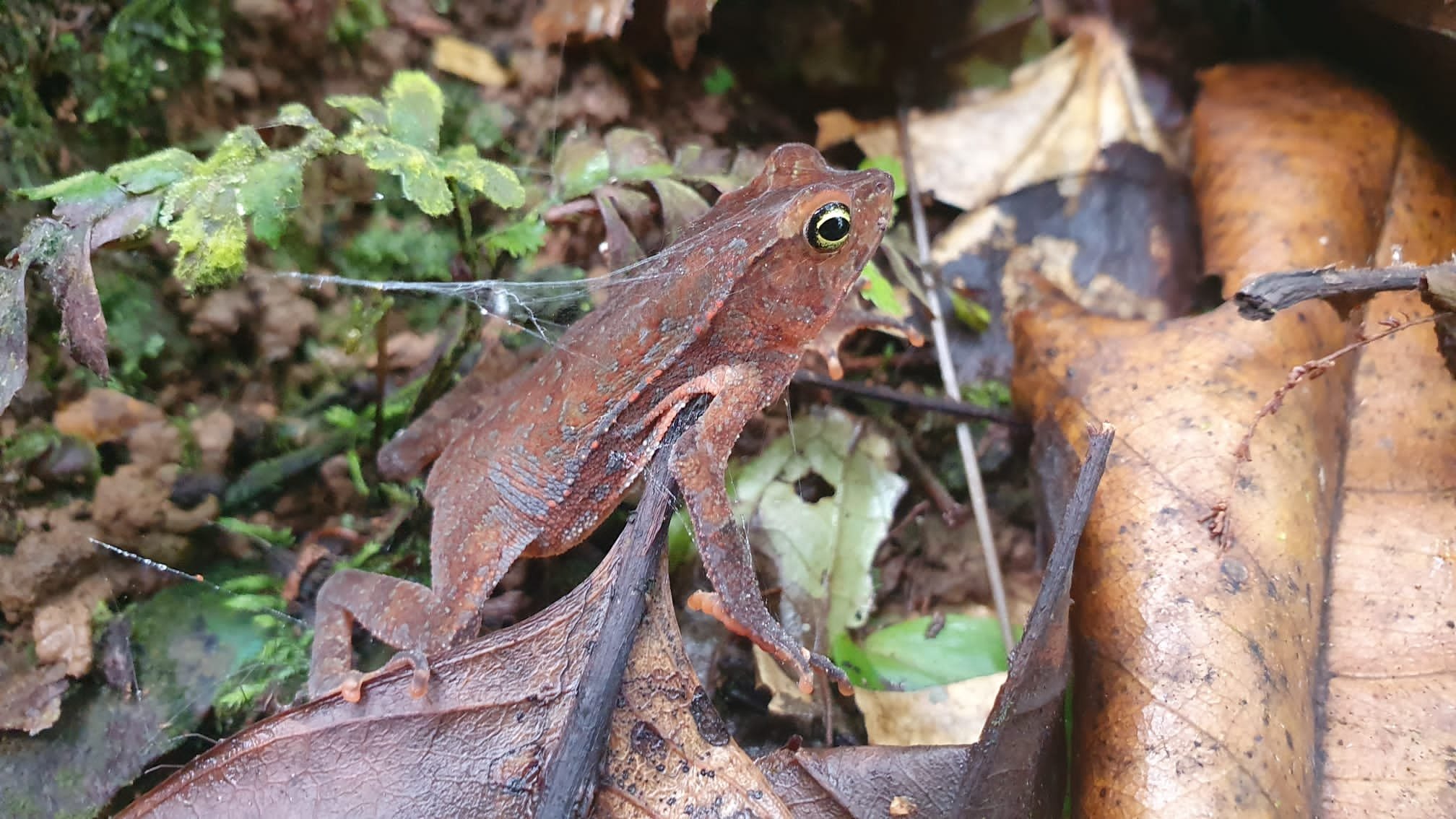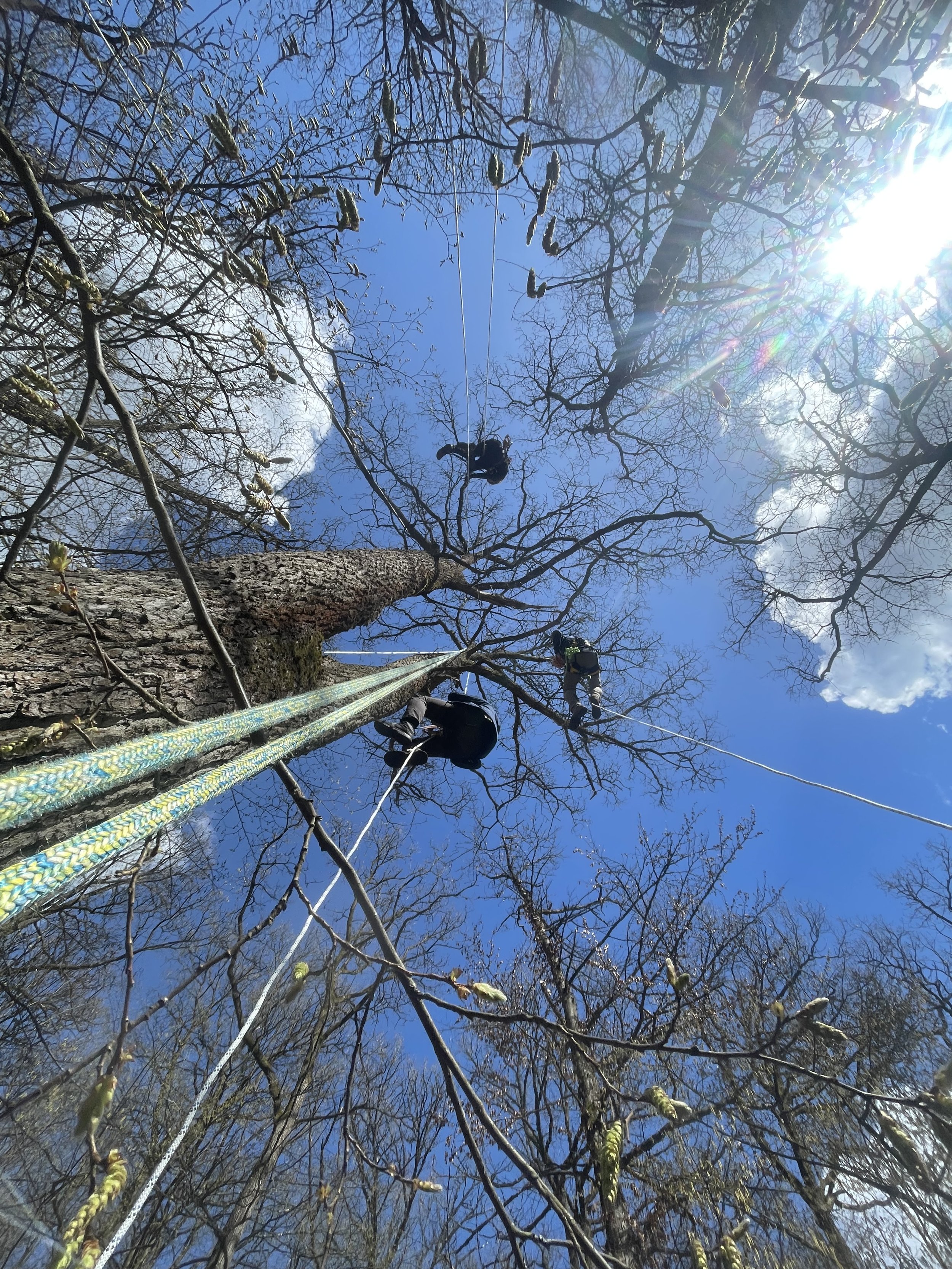Make your campout count
Citizen science has become an increasingly important data source for researchers and a reliable means to contribute and share scientific data and information.
Big Canopy Campout offers a unique opportunity to gather hundreds of data points and observations from forests around the globe over one weekend adding to these valuable data sets and connecting people with similar interests.
Whether you are high in the tree tops or nestled on the forest floor your observations over the campout weekend can be used to discover more about our natural world.
Take part in a science project
For Climbers
-
Uniform Tree Description Format (UTDF) is a method of identifying specific features for each tree climbed with the intention to make an e-catalogue full of stories, experiences and information on trees by those who have had the privilege to climb them.
Because Big Canopy Campout participants will enjoy a privileged view of the forests by climbing to the tree tops they will be in touch with the variety of plants growing on canopy trees.
For Everyone
-
Plants support our very existence. These mighty powerful beings fill out landscapes with a variety of textures, shapes, and colors as they use light, water, and nutrients to build their beauty and provide us with the air we breathe. Within forests, it is common to see plants growing on top of other plants. By taking pictures, sharing them, and answer a couple of questions, Big Canopy CampOut participants may help forest ecologists to see the forest beyond the trees and account for their relevance in water, carbon, and nutrient forest dynamics. Monica B. Berdugo, a scientist interested in this topic, will combine the body of pictures and answers to estimate the abundance of plants living on the climbed canopy trees.
What is a Bryophyte
-
The term Bryophyte is derived from the words ‘Bryon’ (mosses) and ‘Phyton’ (plants).
They are thought to be pioneers in establishing vegetation where other vegetation appears to be impossible.
Bryophytes also play an important role in the environment: they colonise sterile soils, absorb nutrients and water, and slowly release them back into the ecosystem, helping to form soil for new plants to grow on.
For more information on these extraordinary plants see the link below…
‘For most of history, we have had to fight nature to survive; in this century we are beginning to realise that, in order to survive, we must protect it.’
― Jacques-Yves Cousteau






